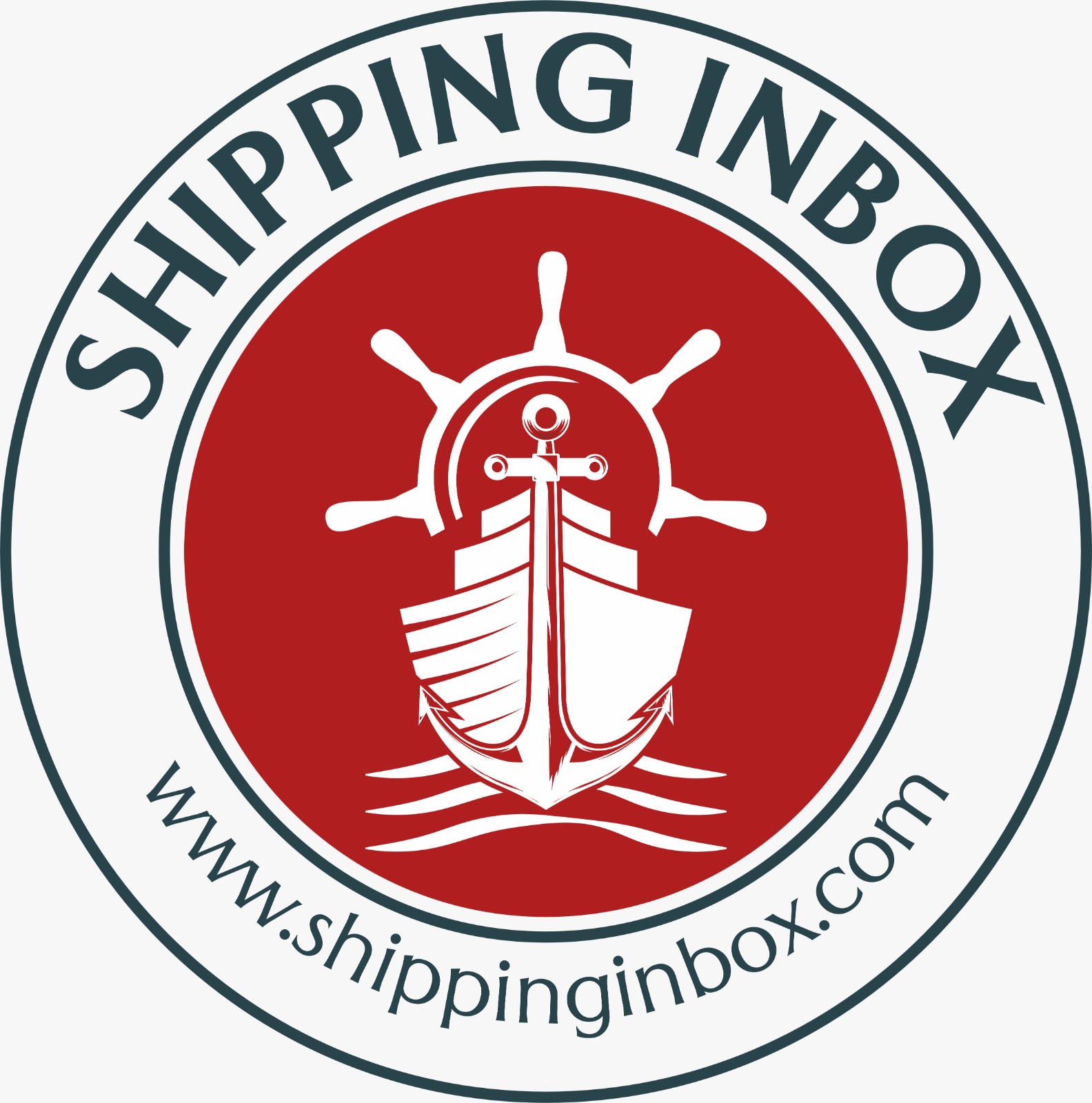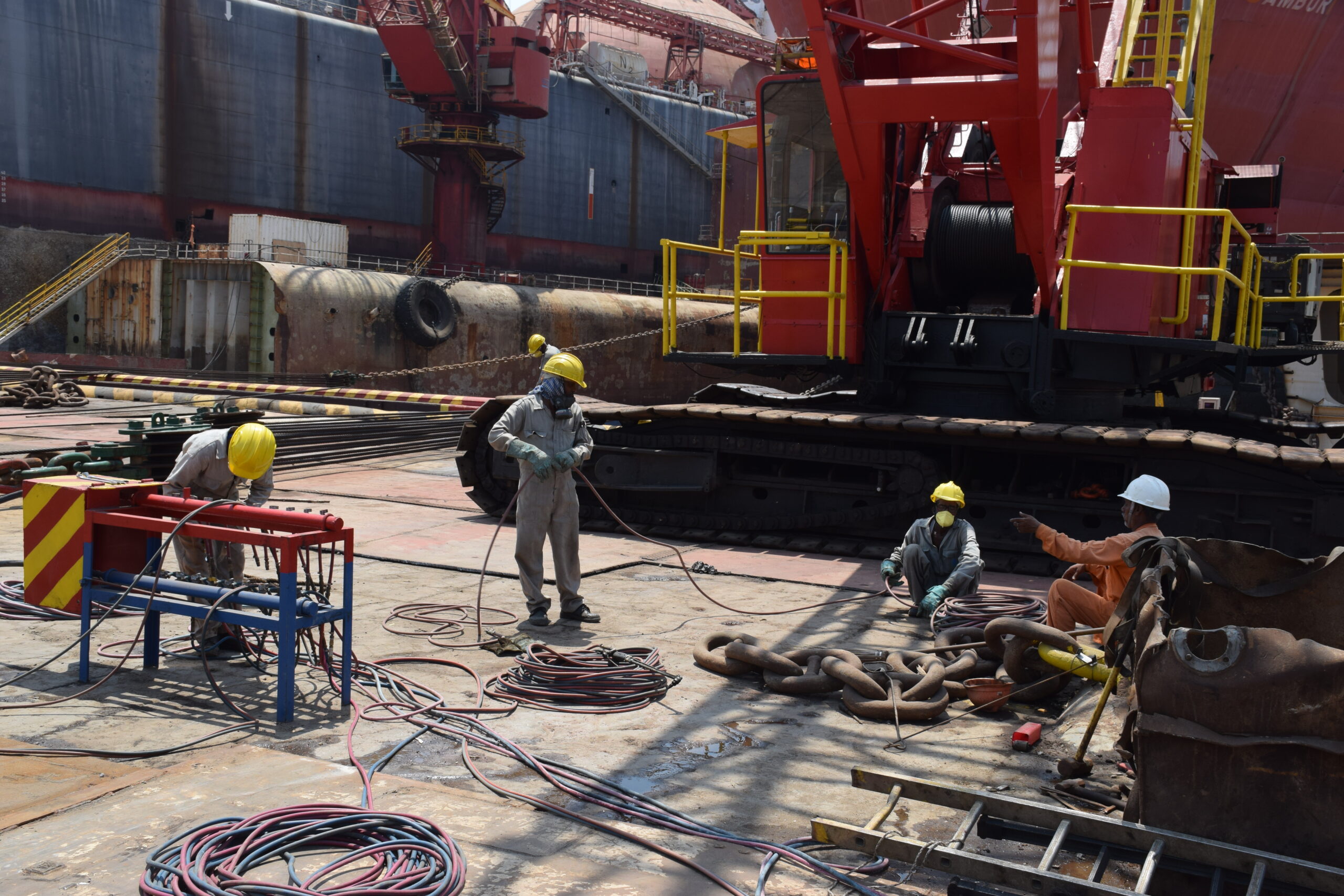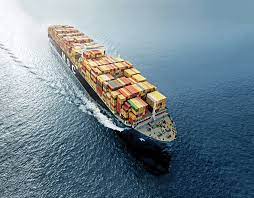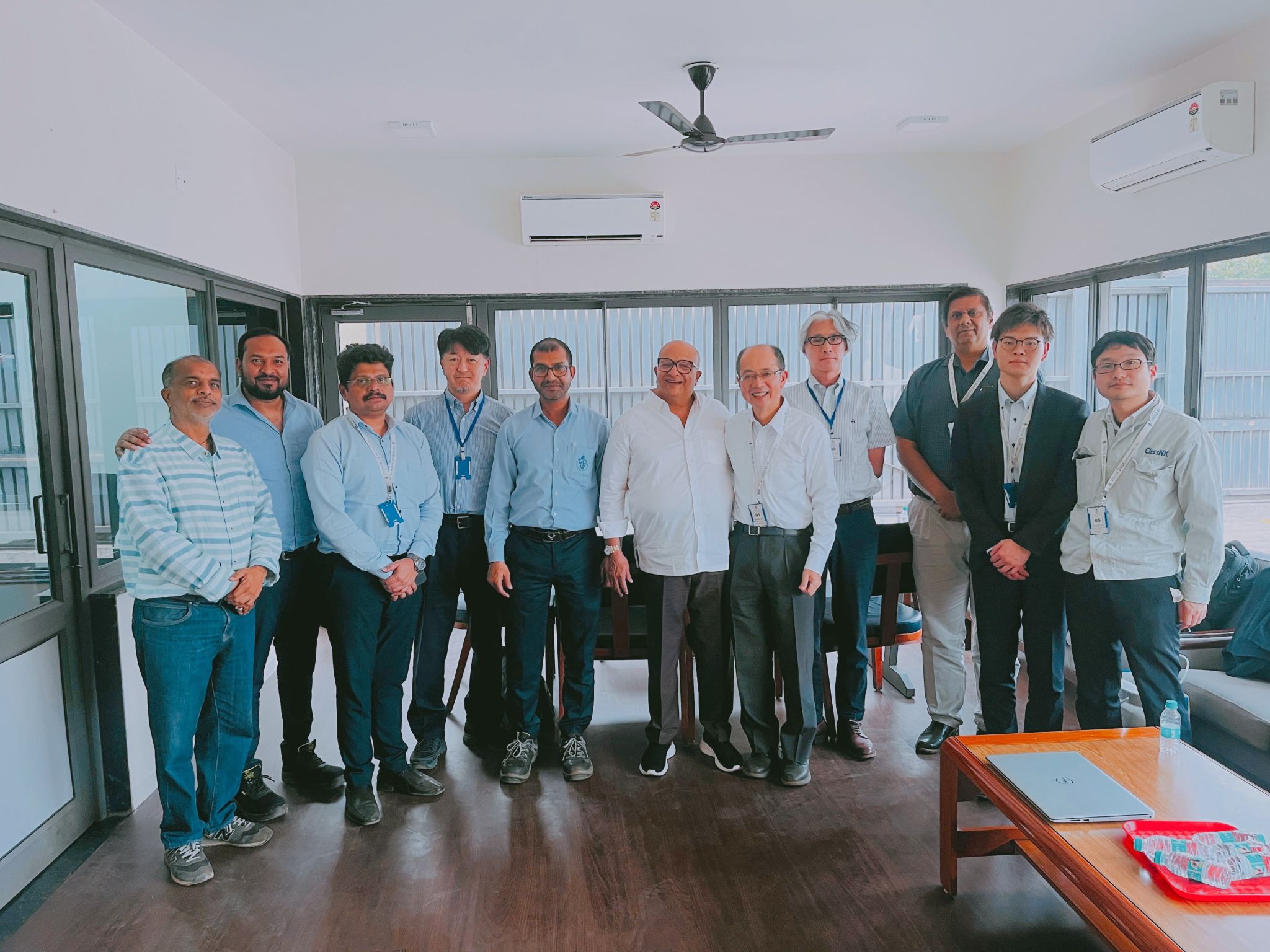AI Technology: The Key to Safer Navigation Amid a Growing Global Fleet
As global maritime traffic expands, the risks associated with navigating increasingly congested waterways have never been higher. Dor Raviv, CTO and Co-Founder of maritime technology company Orca AI, argues that artificial intelligence (AI)-powered solutions are essential in addressing these challenges and ensuring safer, more efficient shipping operations.

A stark reminder of the perils of insufficient watchkeeping came with the recent accident investigation report from Germany’s Federal Bureau of Maritime Casualty Investigation (BSU). The report detailed the allision of a multipurpose cargo vessel with a wind turbine in the North Sea in April 2023. The ship sustained severe damage, and the incident highlighted critical lapses in traditional navigational practices.
At the time of the accident, the vessel was on autopilot with only one officer on watch and no additional lookout. Moreover, key alarm systems that could have provided early warnings were either muted or went unnoticed. This unfortunate event underscores the pressing need for a new approach to watchkeeping—one that integrates digital solutions to significantly enhance situational awareness and reduce the risk of maritime accidents.
A Changing Seascape with Increased Risks
The maritime landscape is evolving rapidly, with new challenges emerging as offshore wind farms proliferate. According to WindEurope, the EU alone is projected to add 200 GW of offshore wind capacity between 2024 and 2030, at an average of 29 GW annually. While these renewable energy projects contribute to global sustainability efforts, they also introduce additional navigational hazards, particularly in low-visibility conditions such as fog, storms, or night-time operations.
Adding to these complexities, the International Maritime Organization (IMO) predicts that global shipping traffic will increase by anywhere from 20% to 250% by 2050. With more vessels traversing already crowded shipping lanes, the probability of accidents will continue to grow unless proactive measures are taken.
The BSU report makes it evident that enhanced watchkeeping could have prevented the allision in the North Sea. Unfortunately, many vessels still operate with minimal personnel during non-mandatory hours, increasing the likelihood of human error. These realities reinforce the urgent need for digital solutions that can supplement human oversight and provide reliable, round-the-clock monitoring of vessel surroundings.
How AI Can Help Prevent Accidents
Raviv advocates for the adoption of AI-driven digital watchkeeping systems to help shipping companies mitigate navigational risks. By integrating real-time hazard detection, automated alerts, and AI-powered decision support, vessels can dramatically improve their ability to avoid collisions and allisions.
Key benefits of AI-driven situational awareness systems include:
- Continuous Monitoring: AI-powered surveillance operates 24/7, identifying potential collision risks even when visibility is poor or human fatigue sets in.
- Real-Time Alerts: Intelligent alert systems demand crew attention when hazardous situations arise, ensuring that critical warnings are acted upon promptly.
- Automated Risk Assessment: AI algorithms analyze vessel trajectories, nearby obstacles, and environmental conditions to provide early warnings of potential dangers.
- Seamless Integration with Bridge Systems: Modern digital navigation tools integrate with traditional radar and electronic chart display systems (ECDIS), enhancing decision-making without overwhelming the crew with excessive data.
By deploying these advanced solutions, vessel operators can significantly reduce the risk of accidents caused by human error, fatigue, or lapses in vigilance.
The Case for Industry-Wide Adoption
Despite technological advancements, incidents stemming from insufficient watchkeeping and ineffective alarm mechanisms remain far too common. Given the rapid expansion of offshore wind installations and the overall increase in shipping activity, industry stakeholders must prioritize the adoption of AI-driven safety technologies.
Regulatory bodies and classification societies should consider making AI-powered digital watchkeeping systems mandatory, especially in high-risk zones. A dual-layered approach—combining human oversight with AI-enhanced situational awareness—could be instrumental in reducing maritime accidents in the coming decades.
The BSU report serves as a clear example of the limitations of traditional watchkeeping procedures. By equipping crews with AI-powered computer vision solutions, shipping companies can bolster safety, reduce operational risks, and navigate congested waters more effectively. Embracing AI and automation is not just about technological progress; it is about fostering a smarter, safer, and more resilient maritime industry.
Author: shipping inbox
shipping and maritime related web portal








